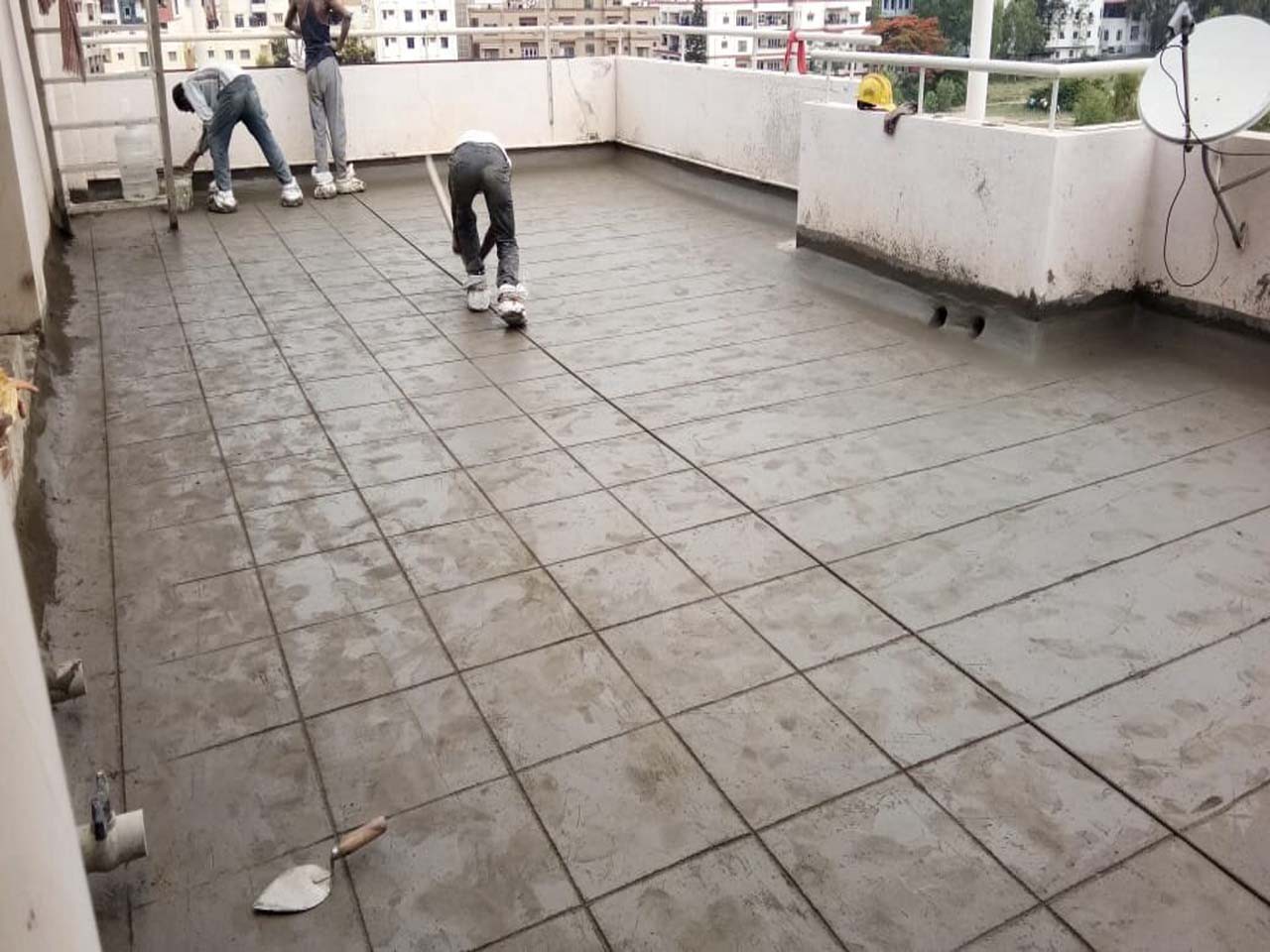Waterproofing Indian homes, a defense against water penetration.
While I was watching a movie at home with my family in Mumbai, I noticed a picture on the wall getting wet and started deteriorating. I removed the portrait to find the reason for the moisture and found a damp spot and mold growth on the wall. When I called my dad and explained, he said it might be due to the rainwater seepage from the home exterior. Wondering about the solution to this problem, my father called the waterproofing contractor to fix the issue. Upon thorough inspection, they found that apart from water seepage, water penetration happened in the roof and caused leakage. Curious, I listened to them explaining the need for waterproofing and how it protects our home.
Next to wind and hail, water damages are the second top home insurance claims that cost 29-30% annually. Depending on the location and the amount of water damage, the price for restoration varies. Waterproofing is one of the reliable solutions to overcome the common causes of water damage like leaky pipes, blocked drains/ gutters, malfunctioned appliances, underground water tables, extreme weather, damp walls, etc.,

In construction industry terms, waterproofing refers to a protective membrane preventing water penetration into a building or structure. It aims to reduce humidity, save energy bills, prevent mildew growth, enhance structural stability, increase property value, reduce maintenance costs, and retain the home's aesthetic appeal. In India, water damages affect 75% of buildings where the bathroom is one of the most vulnerable areas. We should pay attention to the seams, corners, and joints and detect early signs like fungus growth, mushy floors, damp spots, dripping sound, and putrid smell. Waterproofing water penetration in the bathroom is crucial and needs to follow the steps below:
- 1. The gaps, cracks, and other damaged areas are identified and corrected using a silicon sealant.
- 2. The sloping bathroom floor or pit should be levelled and cleaned before the waterproofing application.
- 3. There are many options for waterproofing membranes and materials for bathroom waterproofing. So, choosing the appropriate material based on the guidance of contractors is very important.
- 4. The bathroom surface is prepared with the primer before applying the acrylic waterproof coating to the walls and floors. Also, the sealing of joints is necessary to avoid water seepage between the wall and the floor.
- 5. The bathroom waterproofing is complete with the water ponding test to ensure the process is successful with no water leakages.
Some of the best waterproofing materials list include Polyurethane (Rs.70 to Rs.150 Per Square foot), EPDM rubber (Rs.350 to Rs.1500 per square meter), Cementous coating (Rs.85 per square foot), rubber asphalt ( Rs.230 for a 1litre bucket), PVC waterproofing membrane (Rs.55 per foot), thermoplastic (Rs.500 to Rs.1200 per kg) and bituminous membrane (Rs.180 per square meter). The selection of waterproofing materials and their application process depends on the area, budget, and the damage. The commonly tested waterproofing methods are plastering, paintable, lining, rigid, injection, and spraying.
Though homeowners waterproof the most prone areas like kitchens, bathrooms, roofs, walls, and balconies, they forget to waterproof the water tanks as it is also most important. Some of the most common Water tank waterproofing methods are Epoxy coating, Cementitious waterproof coating, acrylic coating, and Bituminous coating. Epoxy coating is versatile and ideal for overhead and underground water tanks. Cementitious coating is commonly used for exterior and interior water tank surfaces and provides durability and flexibility. The few best waterproofing chemicals for water tanks are Dr. Fixit Pidifin 2K, Cementitious New Construction, CRYSTAL 25, Dr. Fixit Damp guard classic damp proof, CRYSTAL C 320, Asian Paints SmartCare epoxy triblock, CRYSTAL PW2, etc.,
The lifespan of a concrete water tank varies from 10 to 15 years, and the most common damages are shrinkage cracks, water penetrations, cold joints, and void leakages issues. For interior and exterior applications, suitable waterproofing coating for water tanks includes acrylic and epoxy-based liquid membranes like liquid Polyurethane and reinforced fabric. The underground water tanks are more susceptible to water damage due to the surrounding soil and reinforcement attack. Therefore, underground water tank waterproofing is necessary. The techniques used for RCC water tank waterproofing are as follows:
- 1. The first step is to check the water tank for cracks, gaps, and other deformations.
- 2. The next step is to clean the water tank from debris and repair the cracks using crack injections.
- 3. Then, a primer coat is applied by taking the Dr. Fixit 301 Pidicrete URP mixed with grey cement in a ratio of 1:1.15.
- 4∙ Then, the prime coating is applied with Dr Fixit's Pidifin 2K mixture. It must be within 30 minutes of the mixture preparation with a double coating application.
- 5∙ Prepare the mortar with Pidicrete URP and apply it to sandwich the dual coating.
- 6. The final waterproofing step is completed and tested for efficiency.